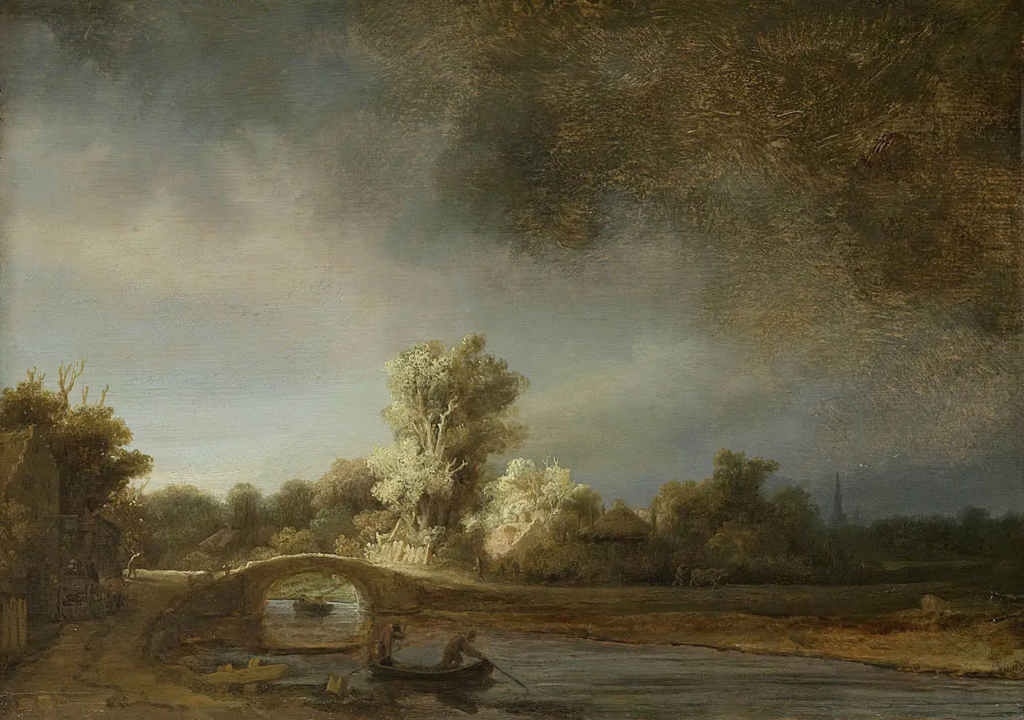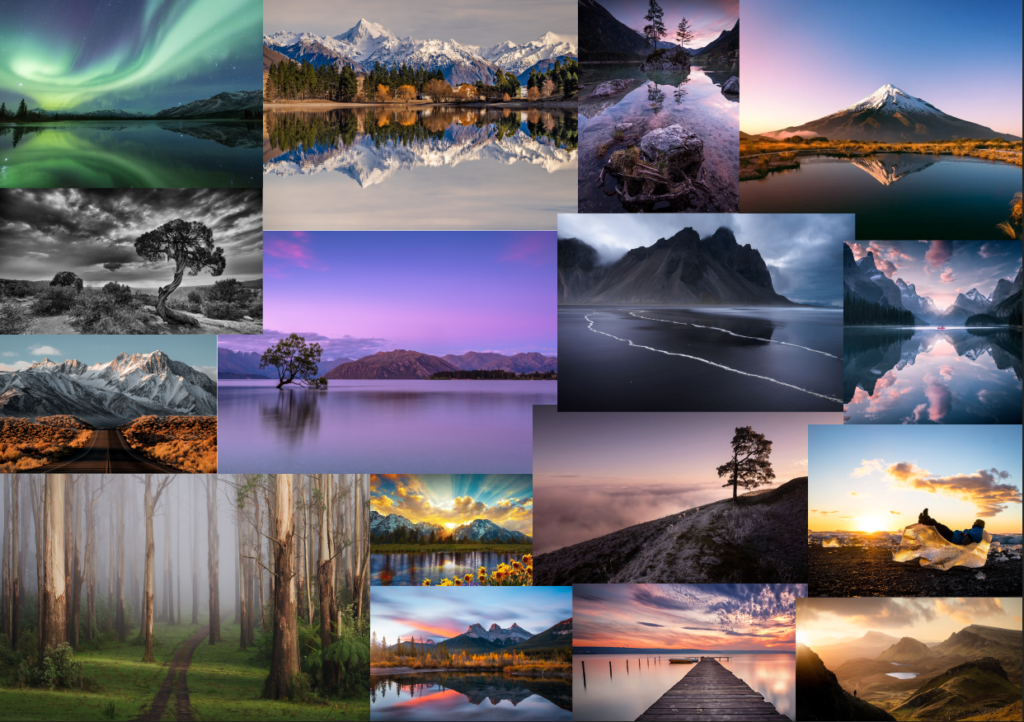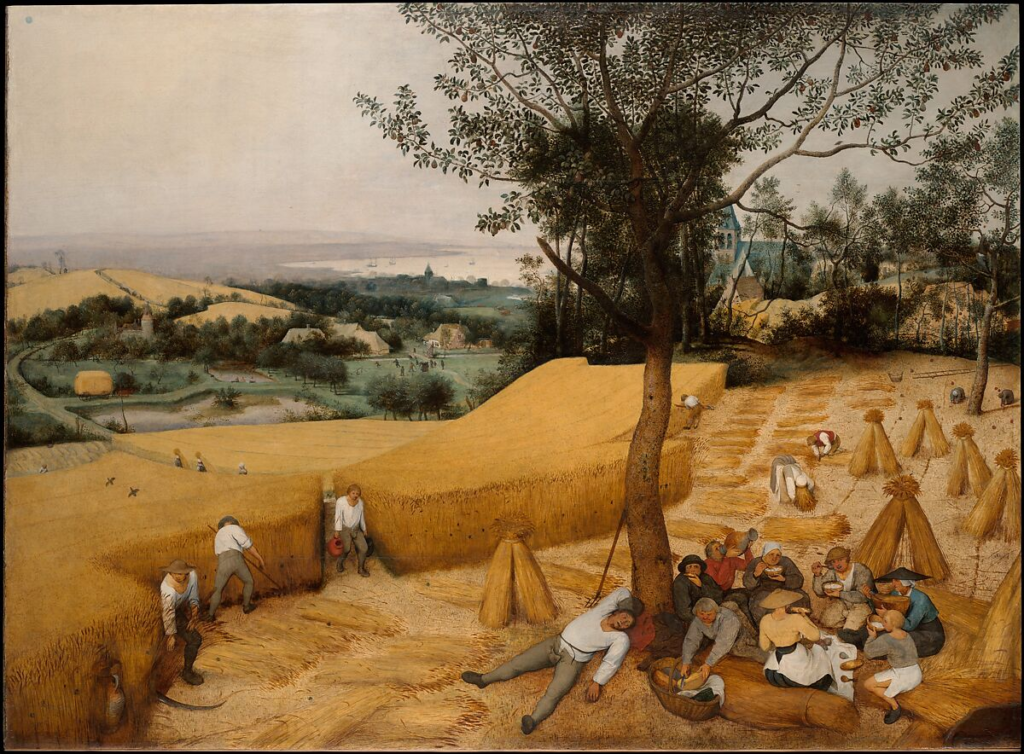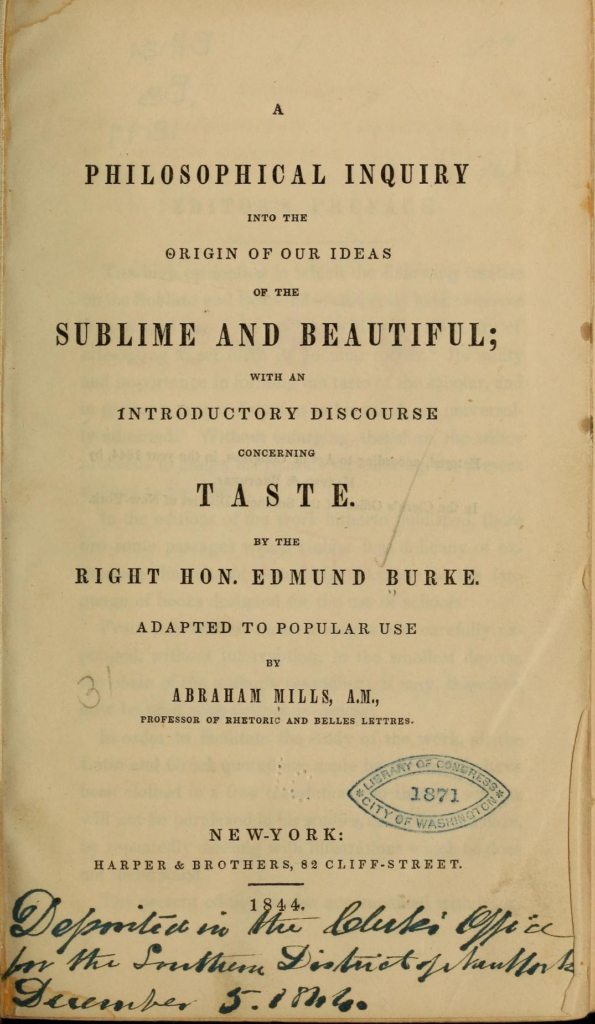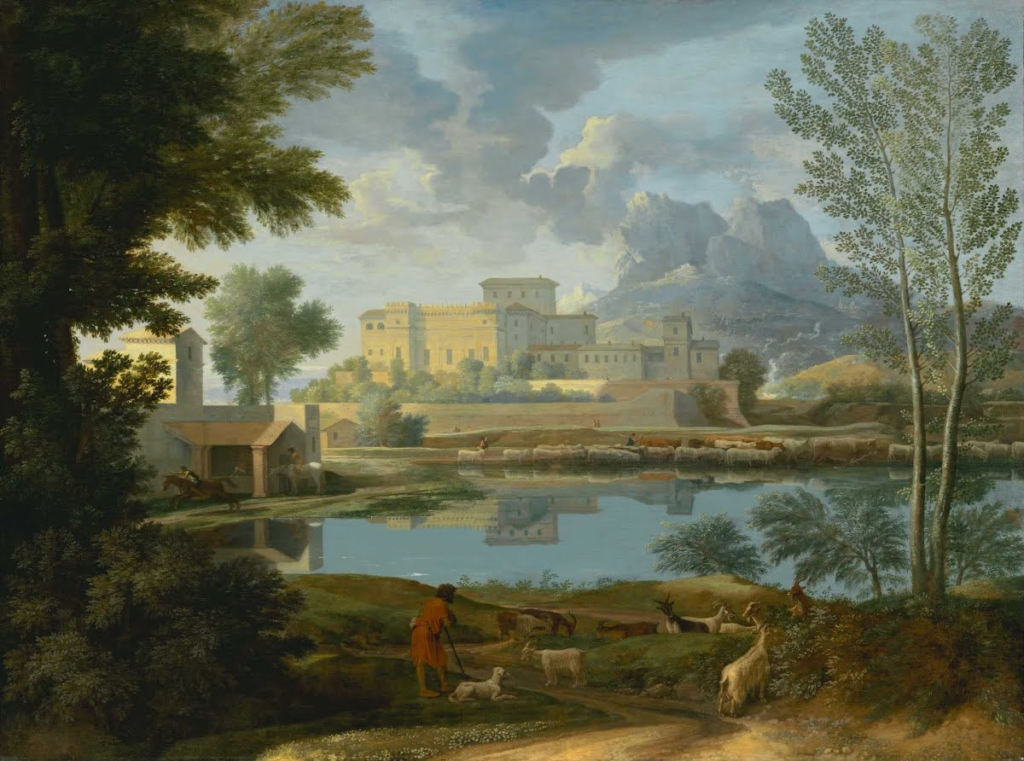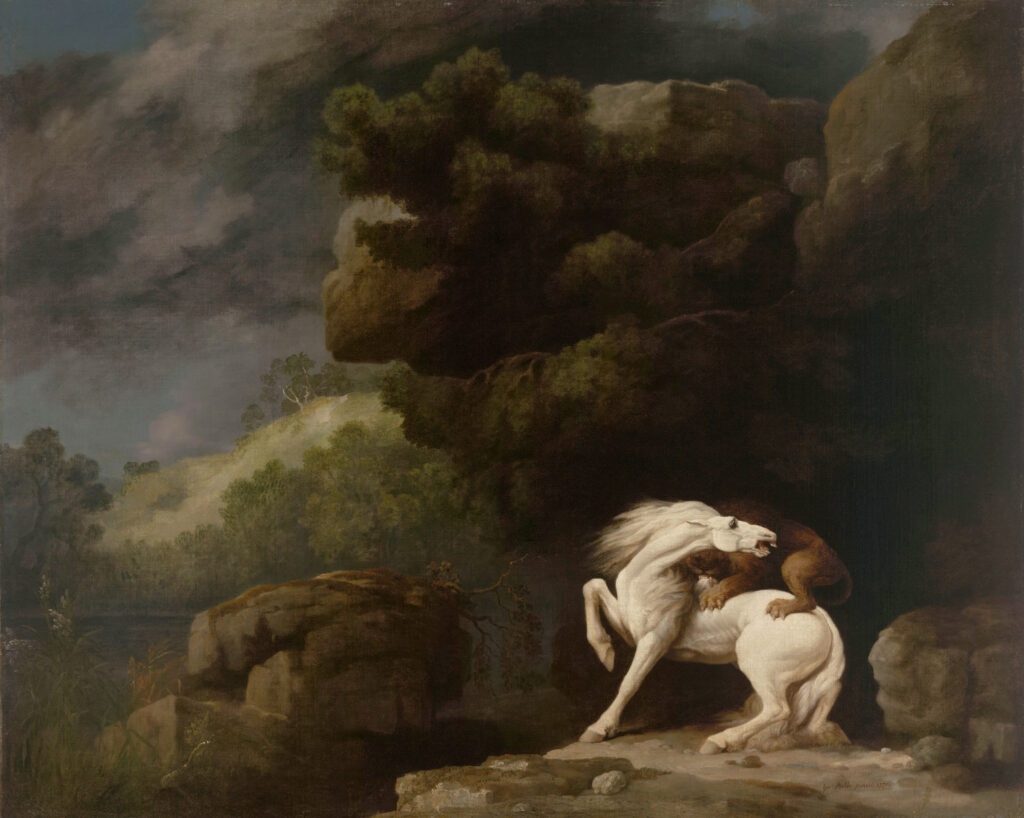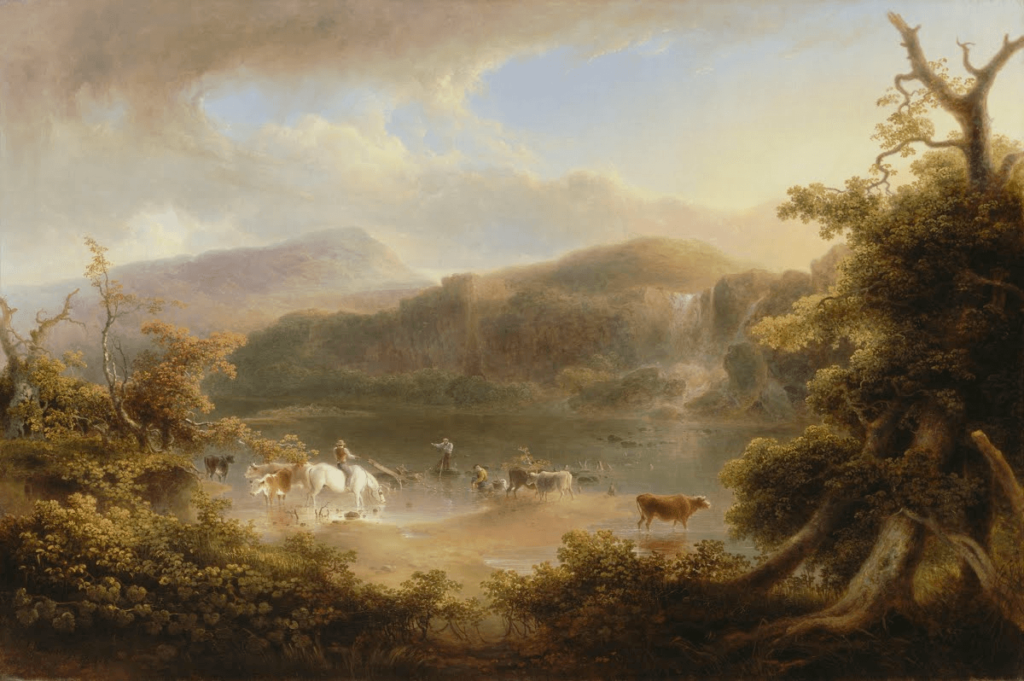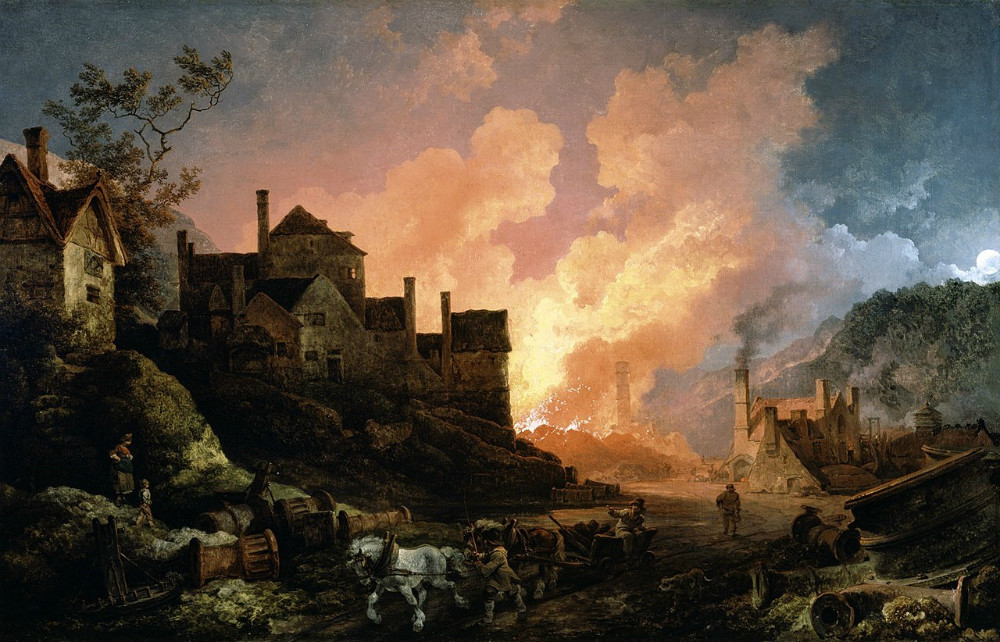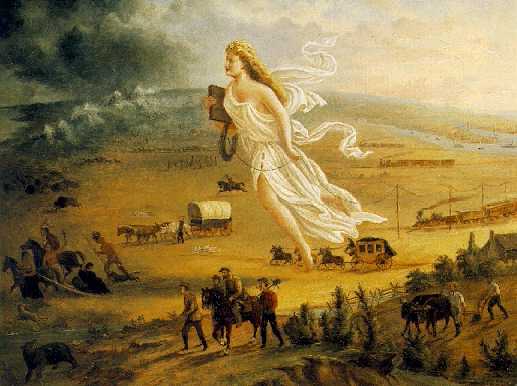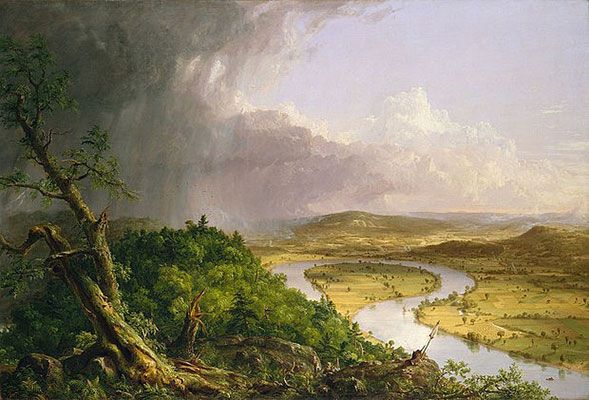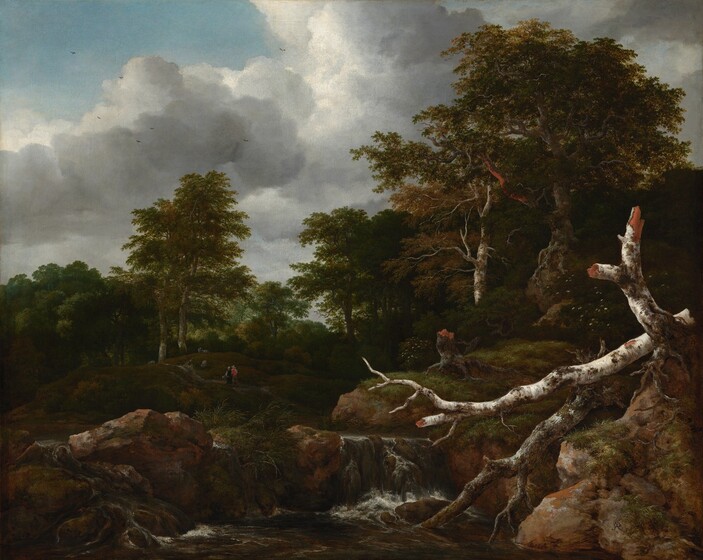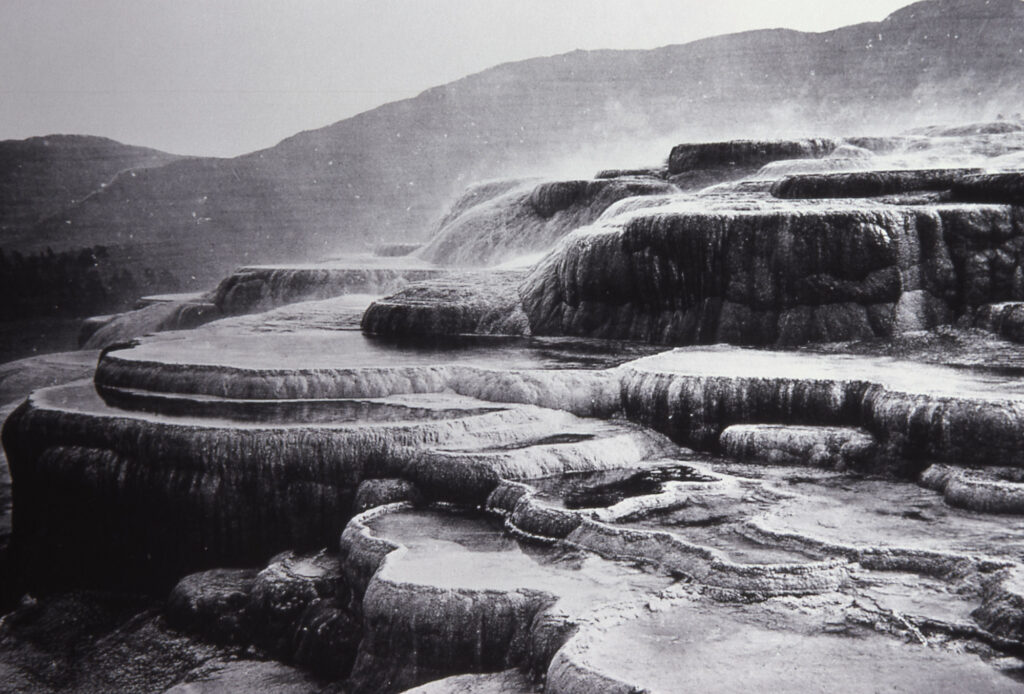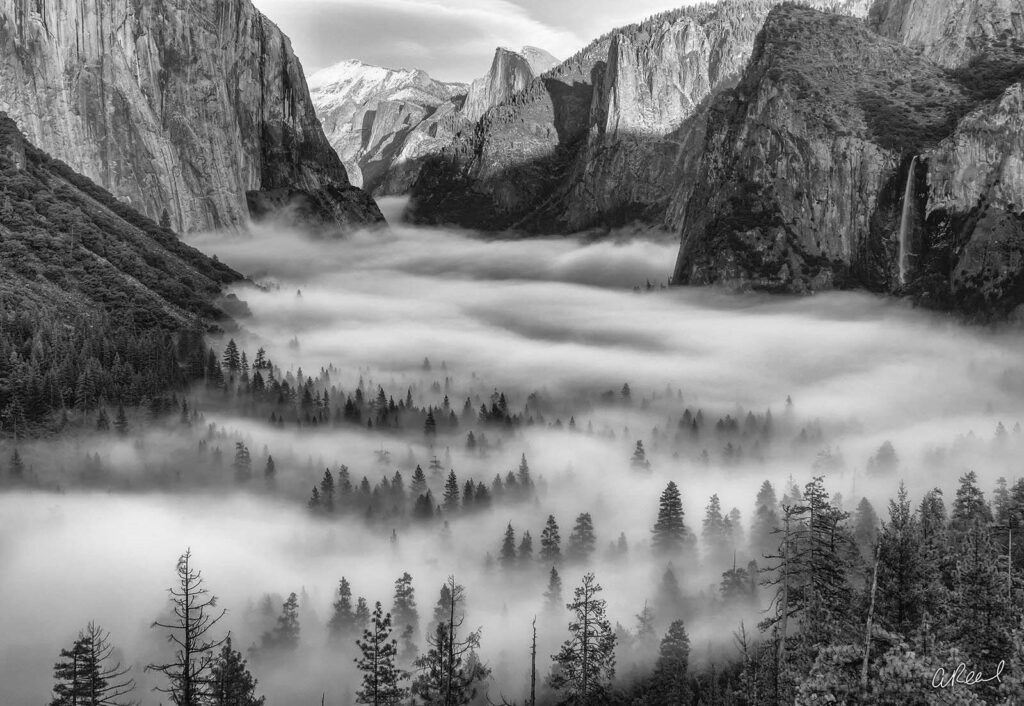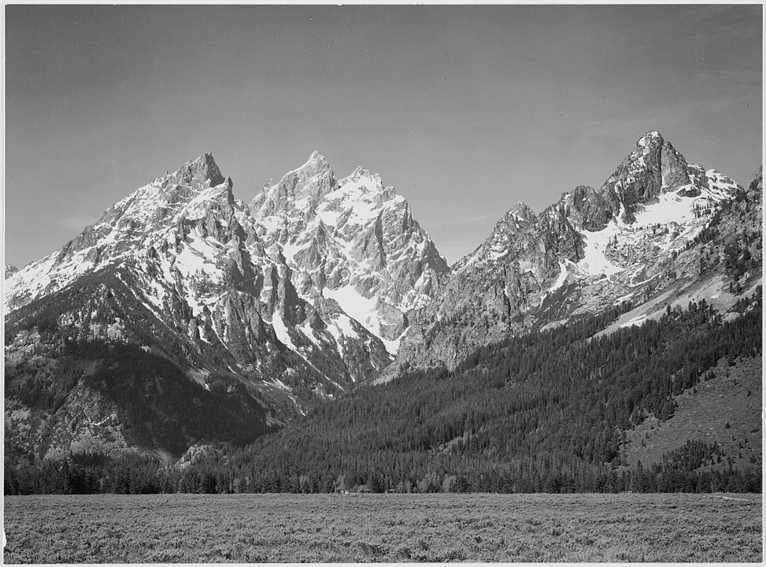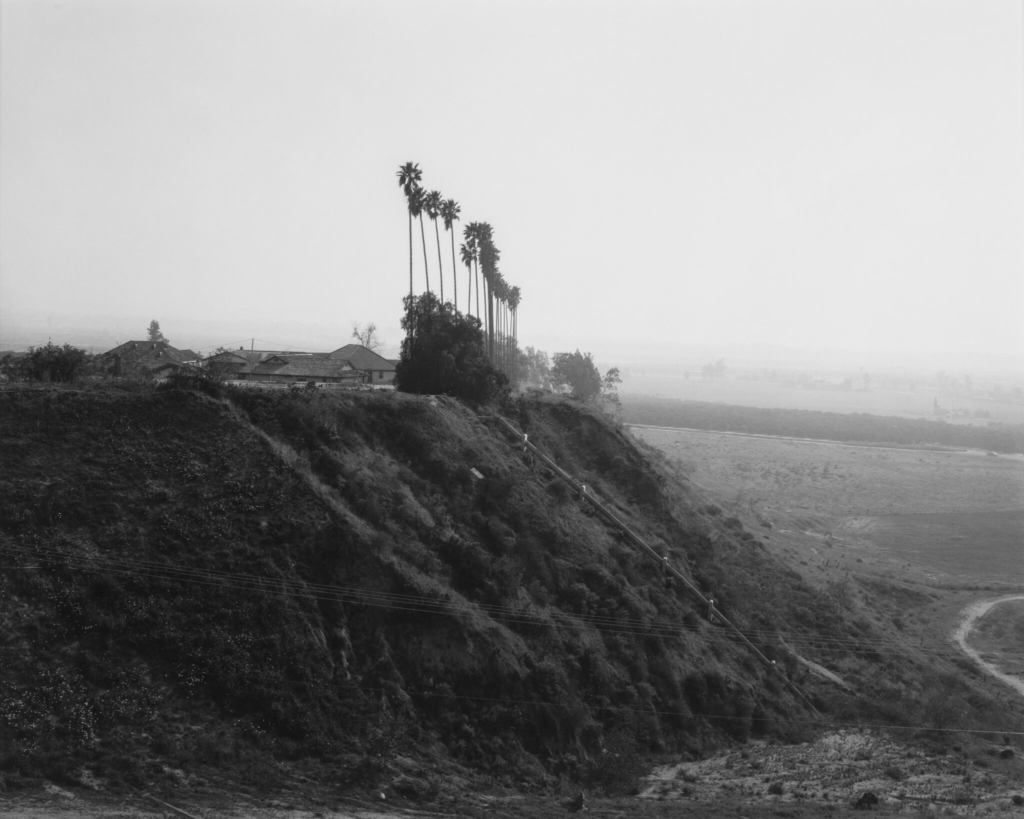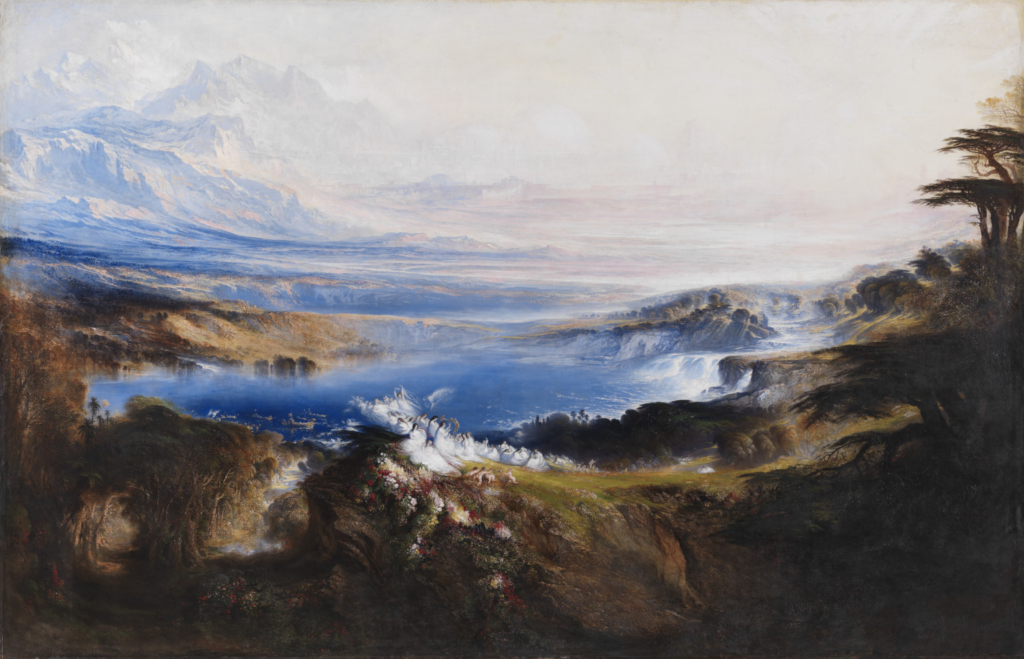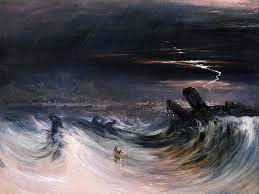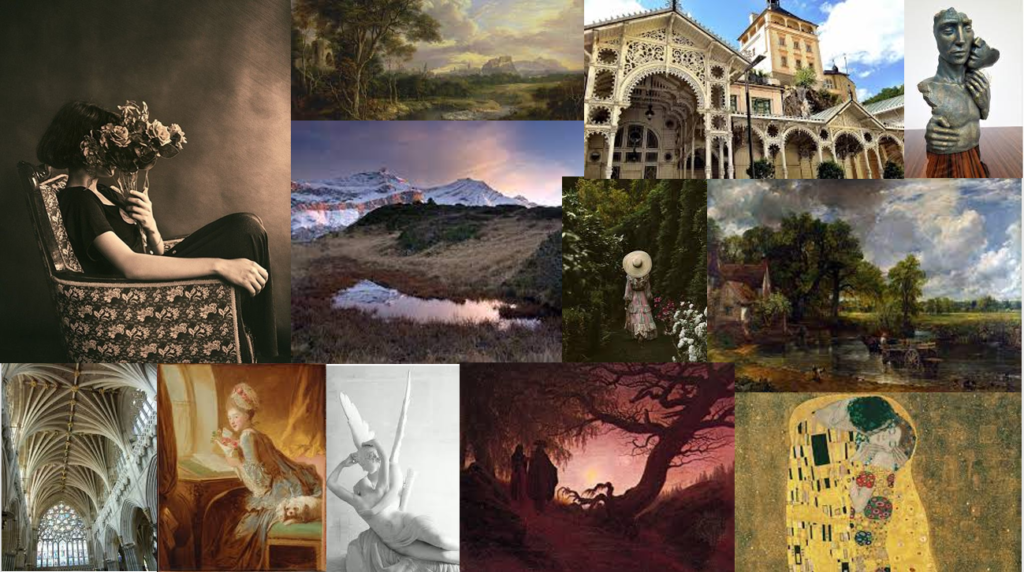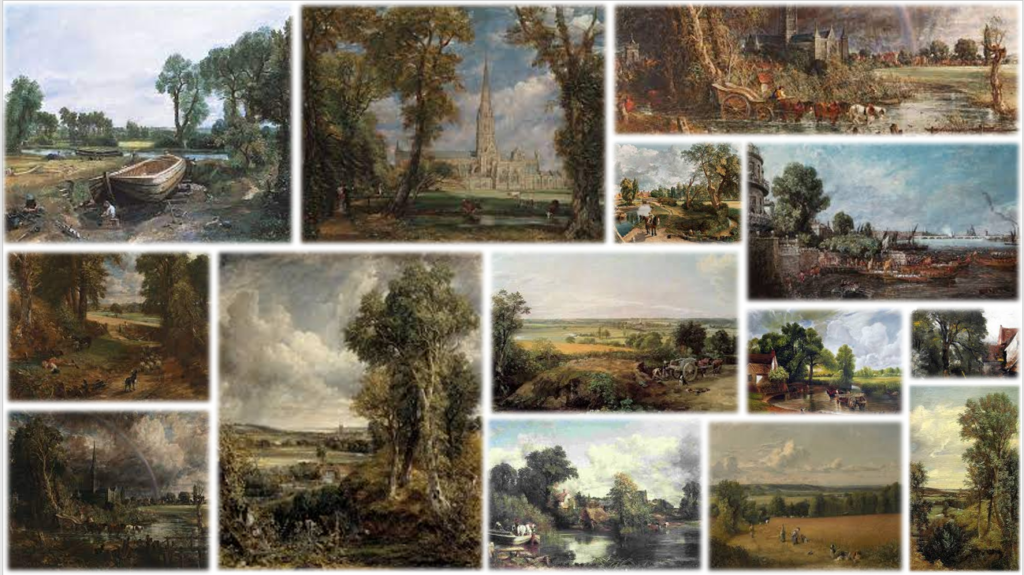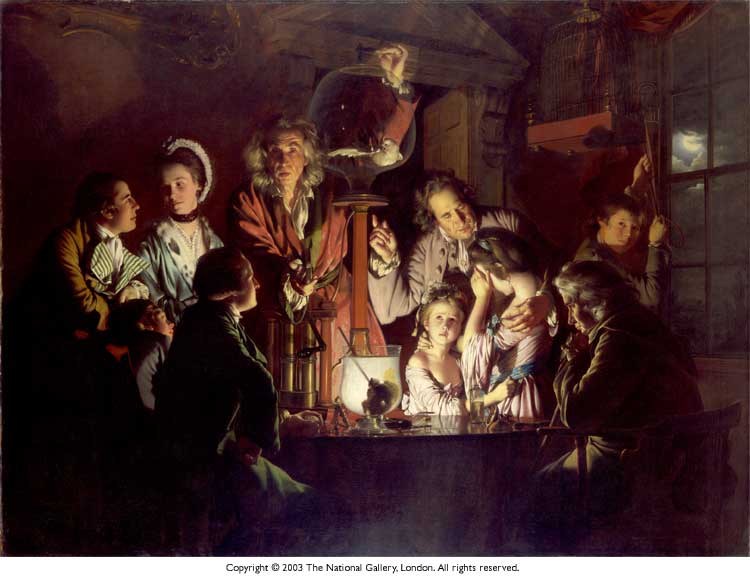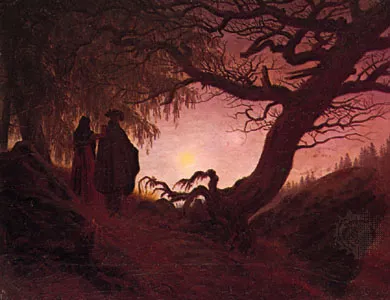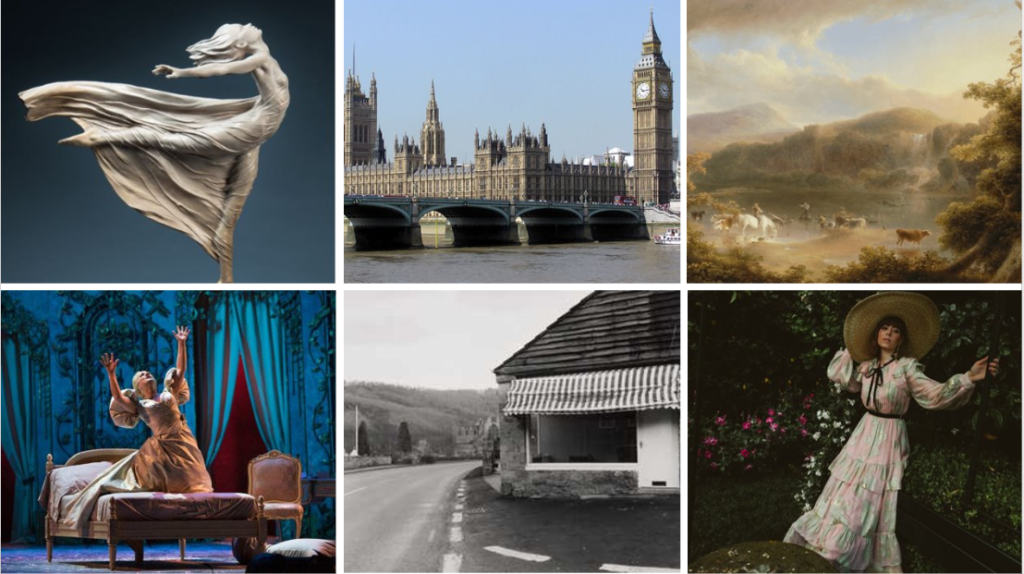Landscape history photography
The history of Landscape photography is to typically capture the presence of nature but can also focus on human made features or disturbances of landscapes.
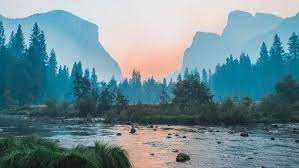
Methods and techniques used
The correct technique for making Landscape photography is to make sure that your lens is the sharpest at two f stops from your widest aperture setting.
The impact of Landscape photography
The impact of landscape photography is to capture the effects of human activity on the environment. These serve as a consequence of irresponsible actions such as deforestation, pollution and climate change.
What is Romanticism in Photography ?
A movement in the arts and literature that originated in the late 18th century, emphasising inspiration of the individual. It was an intellectual and artistic movement and it originated in Europe.
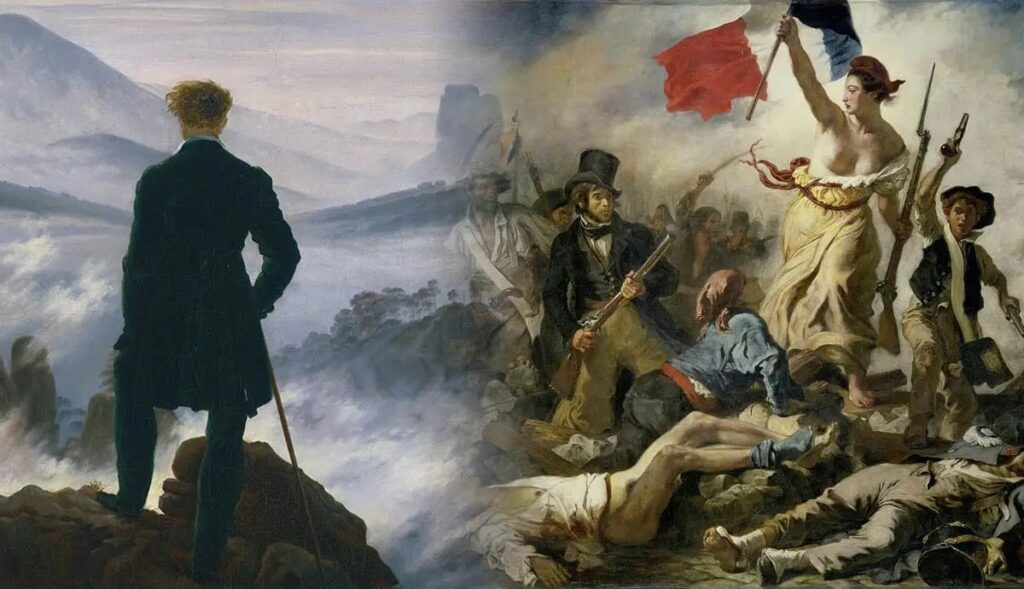


Characteristics of Romanticism ?
Some of the characteristics of Romanticism are emotion, supernatural, awe of nature and appreciation of the beauties and wonders of nature and the environment and it heavily focuses individualism.
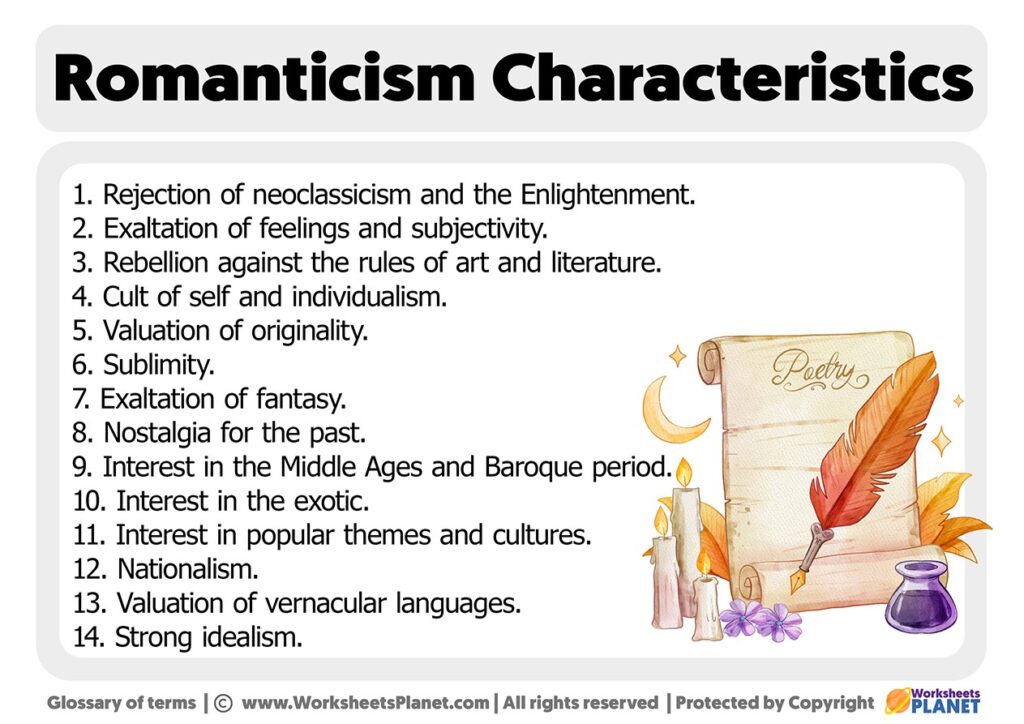
What is the Sublime ?
The sublime was where artists and writers were concerned about the individualism of human kind and with their relationship to the natural world. Painters and poets would celebrate the majesty by their paintings and work overwhelming people with nature and the natural environment. The sublime is the feeling that you get when you are stunned by the vast landscape of the environment or nature.
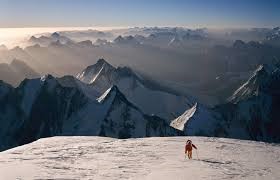
When was the sublime ?
The sublime emerged in the 17th century and acquired importance in the eighteenth century, Its development during this period was shown in James Beattie’s dissertations Moral and critical which explored the origin of the term.
Edmund Burke
Edmund Burke said that the sublime is the productive of the strongest emotion which the mind is capable of. It excites the idea of pain and danger but also terror. According to Burke, the Beautiful is that which is well-formed and aesthetically pleasing, whereas the Sublime is that which has the power to compel and destroy us.



